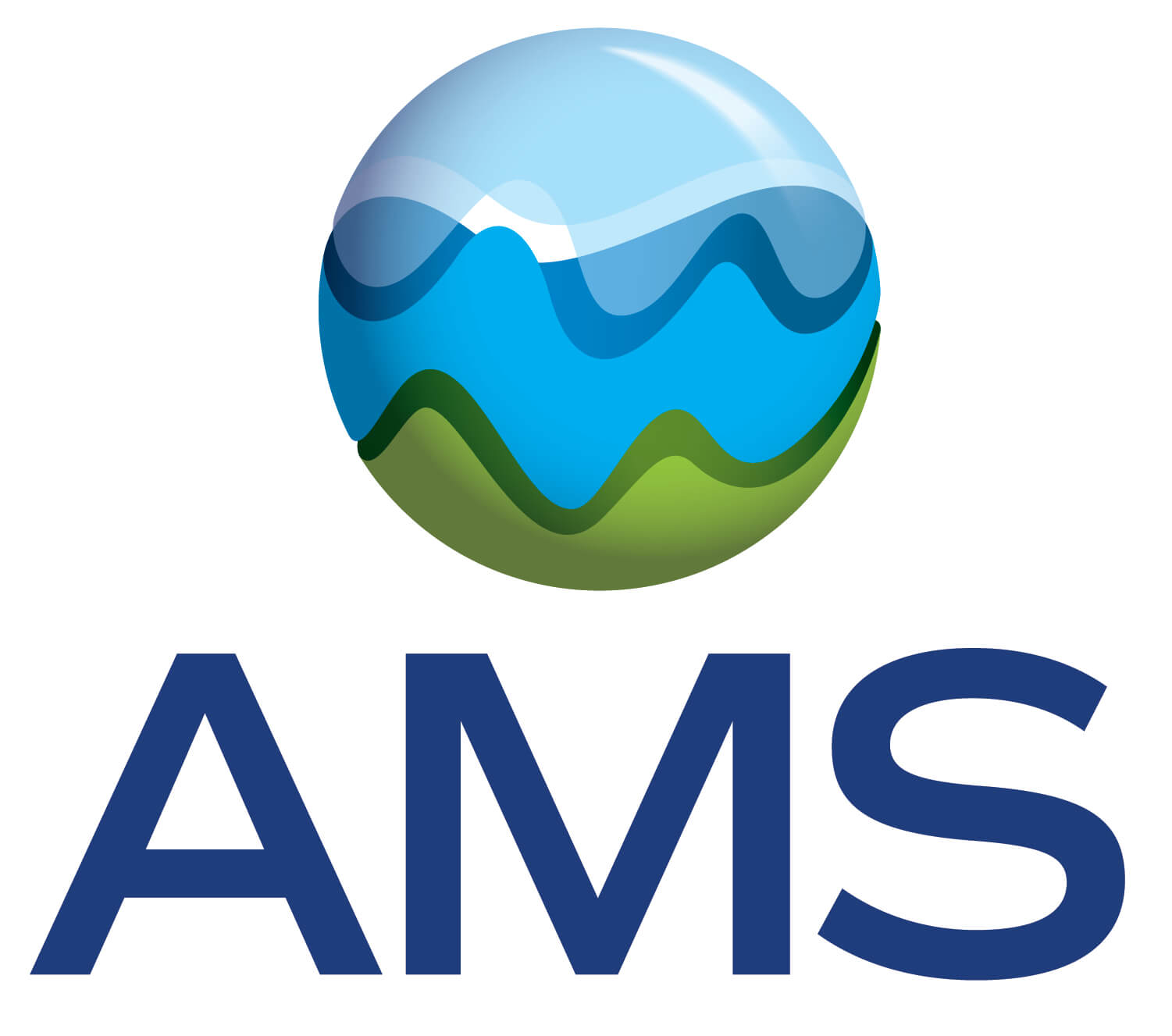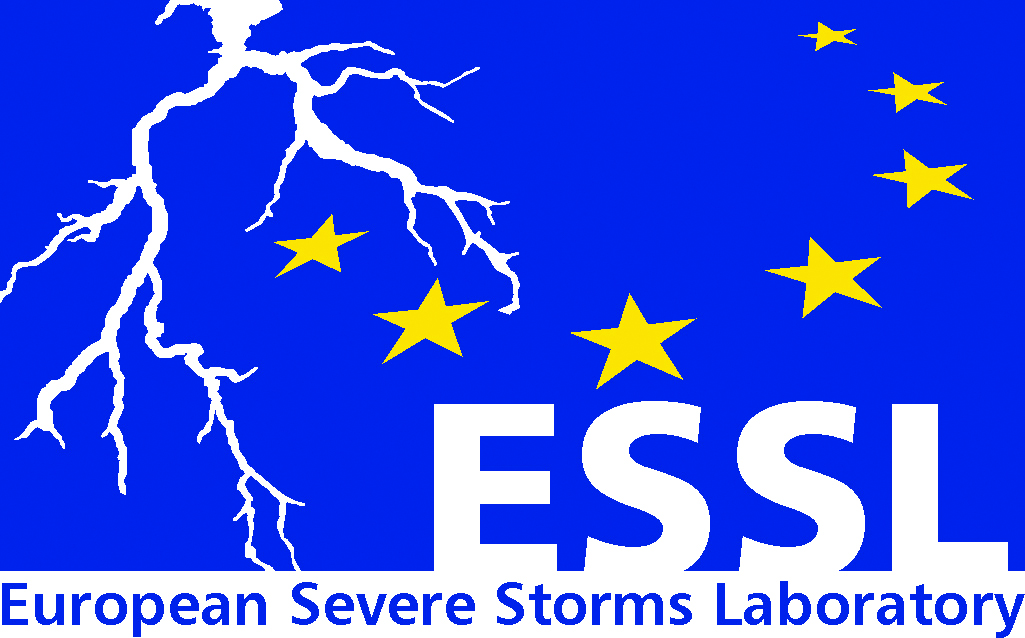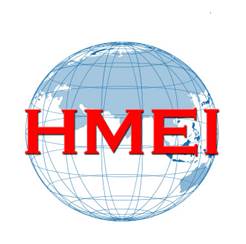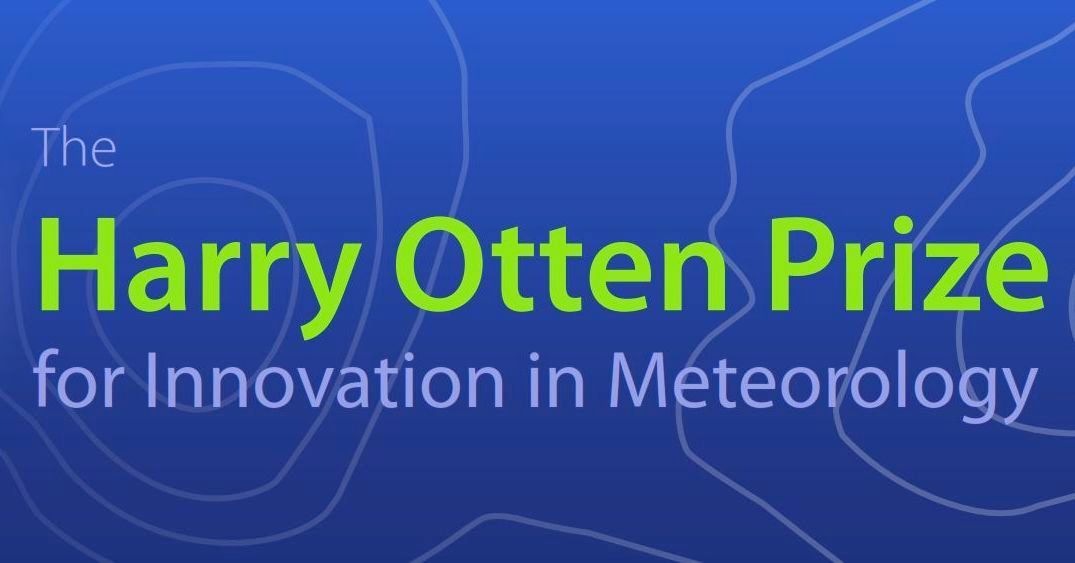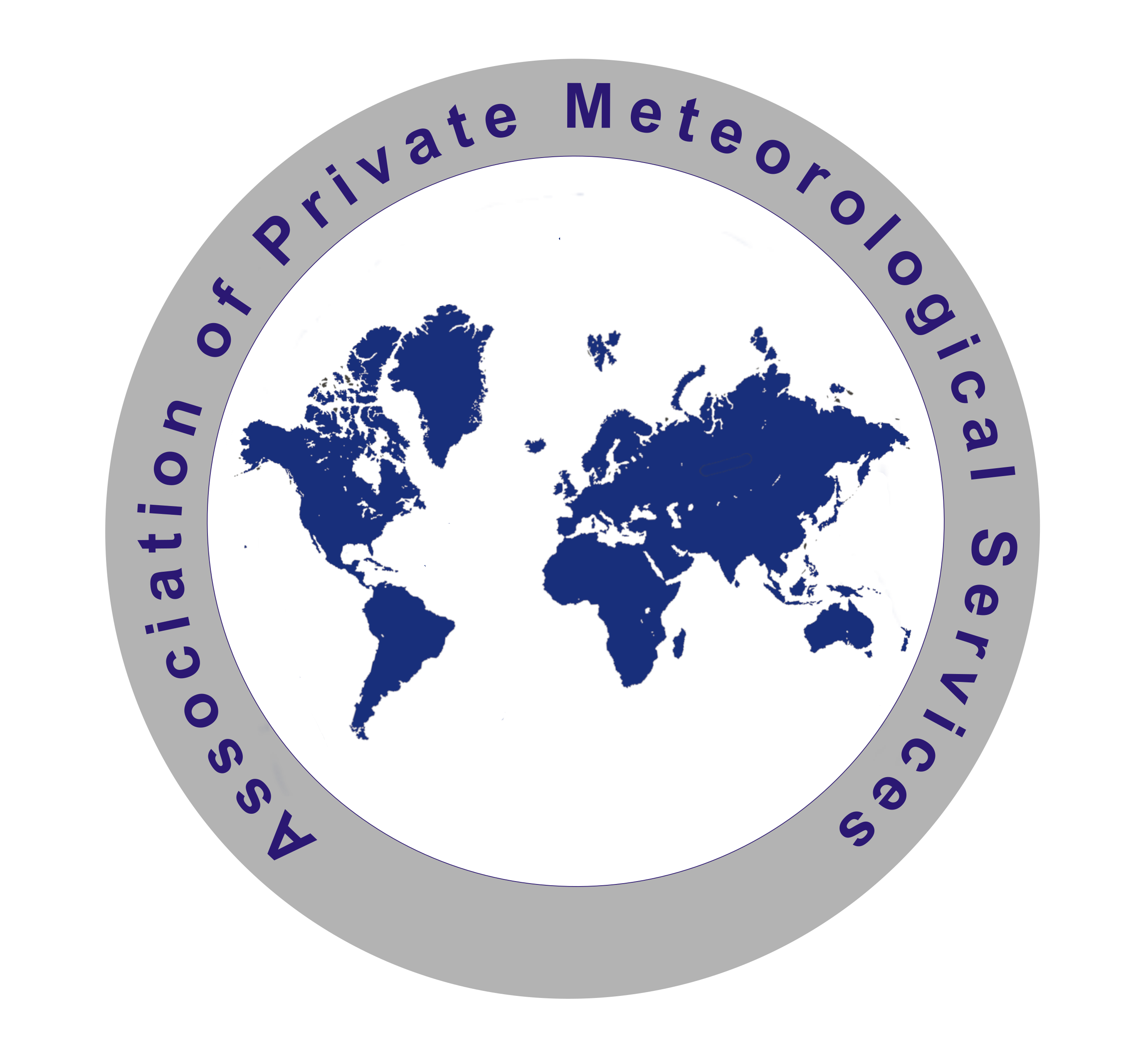Paleoclimatology and historical climatology
This session welcomes presentations related to various topics related to this frame:
• early instrumental meteorological measurements, their history and use for the long-term series
• documentary evidence and its features (advantages, disadvantages limits)
• natural climate proxies and its features (advantages, disadvantages, limits)
• methodological improvements and analysis of climate reconstruction approaches both from documentary evidence and natural climatic proxies
• results of climate reconstructions over different regions based on various climatic sources
• hydrological and meteorological extremes (e.g. floods, hurricanes, windstorms, tornadoes, hailstorms, frosts) and their human impacts in relation to climate variability beyond the instrumental period.
• climate modelling of the last 2K and comparison of model outputs with reconstructed/observed climatological data
• past impacts of climate variability on natural processes and human society
• past and recent perception of the climate and its variability
• history of meteorology and meteorological and climatological knowledge
• discussion of natural and anthropogenic forcings as well as recent warming at global, regional and local scales in a long-term context.
11:00–11:15
Introduction
11:15–11:30
|
EMS2024-611
|
Onsite presentation
Recent Advances in Understanding the Historical Climate of Extremadura and the Southwest of Iberia: A Review
(withdrawn after no-show)
11:30–11:45
|
EMS2024-571
|
Onsite presentation
11:45–12:00
|
EMS2024-53
|
Onsite presentation
12:00–12:15
|
EMS2024-1086
|
Onsite presentation
12:15–12:30
|
EMS2024-983
|
Onsite presentation
12:30–12:45
|
EMS2024-90
|
Onsite presentation
Lunch break
14:00–14:15
|
EMS2024-891
|
Onsite presentation
14:15–14:30
|
EMS2024-346
|
Onsite presentation
14:30–14:45
|
EMS2024-1013
|
Onsite presentation
14:45–15:00
|
EMS2024-956
|
Onsite presentation
15:00–15:15
|
EMS2024-614
|
Onsite presentation
The Meteorological Observations of Jovellanos at Bellver Castle (Mallorca, Spain)
(withdrawn after no-show)
15:15–15:30
|
EMS2024-376
|
Onsite presentation
Coffee break
16:00–16:15
|
EMS2024-456
|
Onsite presentation
16:15–16:30
|
EMS2024-665
|
Onsite presentation
16:30–16:45
|
EMS2024-321
|
Onsite presentation
16:45–17:15
Short poster presentations

